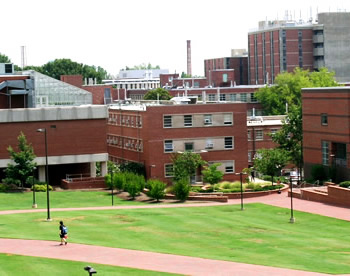True/False:
1. The exocuticle is the outermost layer of the exoskeleton.
2. In chewing (mandibulate) insects, the labium bears palps.
3. Insects never have more than twelve abdominal segments.
4. The mesepimeron lies in front of the metepisternum.
5. Muscles that depress a fly's mesonotum will elevate its wings.
Multiple Choice:
6. Chitin is a very important part of the insect's exoskeleton
because:
A. It is impermeable to water.
B. It is rigid and inflexible.
C. It is not digested by common enzymes.
D. It is flexible and elastic.
7. Which structure lies below the frons and above the labrum?
A. Trochanter C. Clypeus
B. Furca D. Gena
8. Where is the genital opening found on a typical insect?
A. Just above the epiproct.
B. Just below the anus.
C. Between the paraprocts.
D. Inside the tentorium.
9. Parapsidal furrows are grooves found on the mesonotum of some parasitic wasps. These grooves would be located:
A. Above and between the front wings.
B. Under the halteres.
C. On the epimeron.
D. No way to tell.
10. Which part of the exoskeleton lies between the wax layer and the cement layer?
A. Exocuticle C. Cuticulin layer
B. Endocuticle D. None of these
11. Which suture is NOT found on the head capsule?
A. Pleural suture C. Subgenal suture
B. Epistomal suture D. Frontal suture
12. Which statement about valvulae is INCORRECT?
A. They are part of the female genitalia.
B. They lie just inside the valvifers.
C. They are arranged in three pairs.
D. They guide the egg during oviposition.
13. The cibarium is best described as:
A. Thoracic muscles that move the wings.
B. A structure on the pretarsus.
C. The innermost layer of the epicuticle.
D. A muscular pump that sucks food into the mouth.
14. Elastic regions of the exoskeleton:
A. Are generally known as sclerites.
B. Are found only at the joints.
C. Lack a well-defined exocuticle.
D. Contain high concentrations of quinones.
15. Which layer(s) of the exoskeleton is(are) secreted by the epidermis?
A. Endocuticle C. Epicuticle
B. Exocuticle D. All of these

